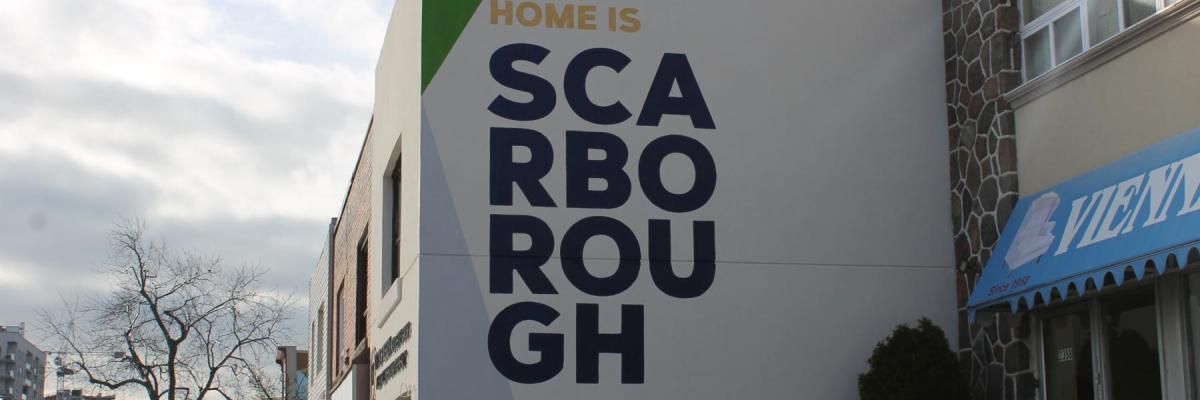With Toronto’s municipal elections coming up in October, the city’s mayoral hopefuls and their teams will be looking to the inner suburbs for support. But policy circles, cloistered downtown, often have little idea about what really matters to residents in regions like Scarborough, East York, or Etobicoke. It’s a perennial problem, and one that UTSC Sociology Professor Dan Silver hopes to help solve.
These inner suburbs areas are creative and dynamic places, but suffer from underinvestment in key neighbourhood areas, which are the social determinants of health. They have lower income levels, lower access to mass transit, and lower levels of city services.
Prof. Silver has done extensive research on the effects of the 1998 amalgamation of Toronto, which transformed the political, bureaucratic and service delivery landscape of the city overnight, something that is still being dealt with in these areas today.
“That defines the real challenge policymakers face in Toronto,” said Prof. Silver. “Finding out how to knit together a city that’s divided along those lines. And that gets especially challenging when the policymaking community is largely living in the downtown core, and often have their outlook influenced by living in that environment. They don’t spend a lot of time in Scarborough or Etobicoke. Many of the ideas people have of large swathes of the city are based on second hand experience.”
Prof. Silver wasn’t along in this assessment. Enter Kofi Hope, co-founder of Monumental Projects and a fellow of the Wellesley Institute, who had similar misgivings.
“Although many parts of our inner suburbs are 70-80 percent racialized,” said Hope. “That’s not the demographics of city council, that’s not the demographics of councillors from the inner suburbs, and if you look at who’s creating policy, again, especially at senior levels, we’re not seeing a huge representation from racialized folks from the inner suburbs, or for people coming from low-income backgrounds.”
“Our city is built, led, and works really well for folks who are affluent, highly educated, predominantly white and living in the centre of the city. It doesn’t work so well for working class, low-income folks, racialized folks in particular.”
Together, they launched the Community Voices Project, a project utilizing an innovative door-to-door random sample survey of seven neighbourhoods, and qualitative interviews with residents of these neighbourhoods with the aim of incorporating the voices of Toronto’s inner suburbs into policy discussions.
The study data reflected much of the diversity found within Toronto’s inner suburbs, however it identified a series of critical neighbourhood issues that the majority of residents in these areas prioritised. These priorities included: feeling safe, having good options for transportation and mobility and access to a variety of high-quality neighbourhood services and amenities.
“These are fundamental pieces, that people feel safe in their neighbourhoods, that people feel they have access to reliable transportation, and access to amenities such as mental health services,” noted Hope. “These are all social determinants of health. Even feeling that your voice is heard and that you’re included is a social determinant of health. On the other hand, that feeling people have that their neighbourhood isn’t being taken seriously, that these institutions don’t work for them, that has a health burden on folks.”
These basic issues are the things that residents notice about their communities, noted the study, and policymakers should take notice of them as prerequisites to other policy initiatives. Perception of government is intrinsically linked to these issues.
“In how municipal government is perceived in these neighbourhoods in terms of presence and commitment, tangible results are the number one most important thing,” said Prof. Silver. “Even if you have abstract ideological and policy ideas that are in line with what people in the areas may believe, if they don‘t see things being done that improve their lives – making the area you live in more livable, more beautiful, creating a stronger sense of belonging – things are going to fall flat.”
For more information contact David Blackwood, Research Communications Coordinator, Department of Sociology, University of Toronto Scarborough at David.blackwood@utoronto.ca
